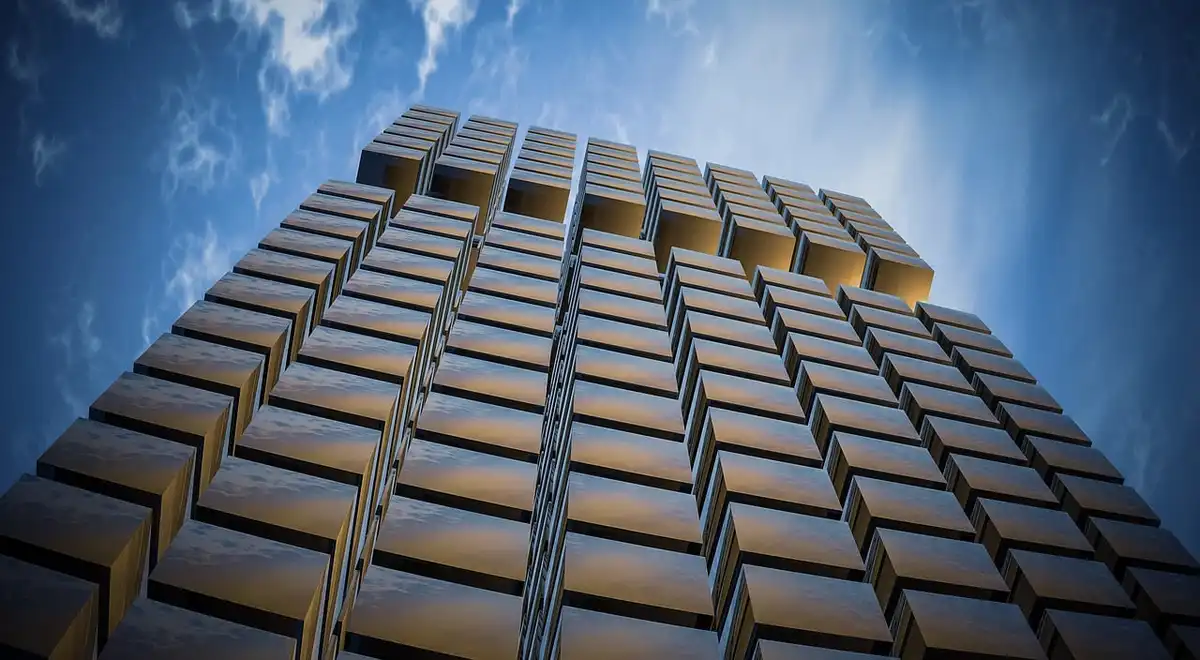Why do people hate modern architecture advice, 20th Century building design movement
Why Do People Hate Modern Architecture?
15 April 2020
There are some valid and very compelling reasons why many people dislike Modern Architecture. A point of clarification – in this article we are referring to Modern Architecture with a Big “M” – a formal architectural design movement that was most prominent during the early to mid-twentieth century. The word “modern” with a small “m” which describes things that happened recently, makes this kind of confusing.
Why Do People Hate Modern Architecture Guide
As in – a neoclassical-style building that was completed in the last few years is technically “modern,” but it’s not “Modern.” The thing is – Modern Architecture is not just about how it looks. A truly Modernist design adheres to a strict set of formal rules that upholds Modernism’s fundamental principal – Form Follows Function. Article is kindly made by online casino reviews aggregator Mycasinodex.com.
In the 1940s and 50s, most architects and designers embraced this principal. Many were followers of theorists associated with the International Style, such as Walter Gropius, Mies van der Rohe, and Le Corbusier. They argued that architectural design should be disassociated from historic reference, be free of unnecessary ornamentation, and be simplified to the essentials of function. This radical approach is understandable in a time that was recently plagued by two devastating world wars. Modern building techniques were cheap and efficient, especially for the rebuilding of war torn urban areas, and why would people want to retain characteristics of the old imperialistic empires responsible for all the war and chaos? But in pursuit of this pure functionalist approach – did we end up building empty boxes of nothingness?
Denise Scott Brown and Robert Ventur – Learning from Las Vegas
In 1968, two architects – Denise Scott Brown and Robert Venturi, along with students of their research studio at the Yale School of Art and Architecture – ventured out to study the design of the Las Vegas strip. At the time, especially to their colleagues of the academic establishment out east, taking design lessons from a place like Vegas was absurd. Las Vegas was seen as wasteland of urban sprawl, rampant commercialism and kitschy decor. But Scott Brown and Venturi saw something rich and meaningful in the vernacular architecture of ordinary life, and together with their colleague Steven Izenour, they published the findings in their 1972 book “Learning from Las Vegas,” which became one of the most influential and controversial architectural texts of the twentieth century. Scott Brown and Venturi believed in learning from history and evolving from traditional practices.
They argued that “Learning from the existing landscape is a way of being revolutionary for an architect. Not the obvious way, which is to tear down Paris and begin again, as Le Corbusier suggested in 1920, but another, more tolerant way; that is, to question how we look at things.” It’s important to point out that Scott Brown and Venturi were not calling for a direct revival of historic styles. Their actual position was that sometimes it’s necessary to “look backward at history and tradition” in order “to go forward.” One crucial historic lesson highlighted by Scott Brown and Venturi is the importance of ornamentation and iconography – elements that Modernist abhor. Egyptian hieroglyphics, Byzantine mosaics, Gothic stained glass, and Renaissance frescoes would have all been written off by Modernists as superfluous decoration, but they argue that decorative elements “make verbal and symbolic connections through space, communicating a complexity of meanings through hundreds of associations in few seconds from far away.”
Scott Brown and Venturi really challenged architects and designers to put away their egos, their idealism, their puristic concepts – and take a hard look at the everyday realities of their actual surroundings. Las Vegas may have looked tacky and eclectic, but it represented the speed and messiness of contemporary life. Sparkling signs may embody frivolity and excess, but it reminded people of the fun fairs they used to go to as children and the glittery things their grandparents would bring home for them. Modern Architecture neglects “an individual’s need for intimacy and detail” while “five-eighth scale reproductions of Disneyland” satisfy this need.
A lot has changed since the 1950s and 60s. The Las Vegas Strip today is a very different place from what Denise Scott Brown and Robert Venturi observed – but it is nevertheless still an eclectic reflection of popular culture. In fact – if the first half of the 20th century is considered to be the age of Modern Architecture then the latter half of the century can be defined by a continual, unrelenting assault on Modern Architecture.
20th Century Building Design
So why do people hate Modern Architecture? Because it erases historic traditions that are meaningful and symbolic to us. Its purist approach is in conflict with the complexities of contemporary life. Its utopian models fail to address the real needs of everyday people. And its strict, formal principals cannot adapt to the shifting needs of a changing society. The downfalls of Modernism is not in the glass and steel nor the straight lines and sharp angles. It’s not about what’s ugly and what’s not, it’s in the problematic ways that Modernism has shaped our world.
So what do we do now? Do we tear them all down and rebuild again? If we learned anything through all this – it’s that there is value to in learning from the past – including from Modernists. The legacy of critics like Scott Brown and Venturi is not in overthrowing Modernism, but in teaching us to be flexible and adaptive, to gain an appreciation for the vernacular and the ordinary, to be more accepting of diverse traditions, and to practice thoughtful evolution as opposed to radical revolution.
Comments on the Why Do People Hate Modern Architecture? advice article welcome
Major Scottish Buildings
Key Buildings in Scotland Articles – architectural selection below:
Historic Glasgow : best Glasgow architecture of the past
Glasgow Building Designs
Contemporary Glasgow Property Designs – recent architectural selection below:
Glasgow Custom House Development
Comments / photos for the Why Do People Hate Modern Architecture? page welcome

